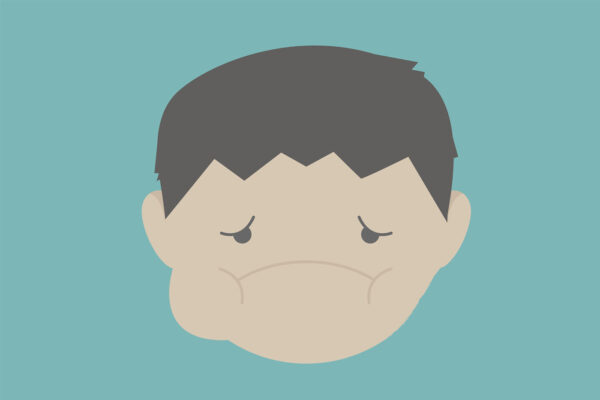As parents, we always want the best for our children, including their dental health. Understanding when your child may be dealing with a dental infection is crucial. Here are some key signs to watch for:
- Infected Teeth and Spontaneous Pain: If your child wakes up at night in tears due to tooth pain or avoids using a specific tooth while chewing, it may indicate an infection. However, sensitivity to hot, cold, and sweets might suggest tooth sensitivity instead. Swelling: Red and inflamed gum swelling is a clear sign of infection.
- Dark Discoloration: If a tooth’s color doesn’t lighten, there may be an ongoing inflammation process within it. After tooth trauma, regular dental check-ups are essential to monitor the situation, especially to prevent damage to the adult tooth beneath.
- Increased Tooth Mobility: Prematurely loose teeth, especially front ones (ages 6-8) and back ones (ages 10-12), can signal an infection.
- Draining Fistula: The presence of a white pimple-like bump on the gum may indicate pus accumulation beneath the tooth.
How to Treat an Infected Tooth:
Treatment typically involves antibiotics and pain relievers, addressing symptoms but not the root cause. Further dental care is essential to tackle the infection.
- Infected Baby Tooth: Extraction is often necessary, as an adult tooth lies beneath the baby tooth, and infection can harm its growth.
- Infected Adult Tooth: Adult teeth usually undergo root canal treatment to remove infected pulp tissue.
When to Seek Emergency Care:
Certain situations demand immediate attention, including difficulty breathing and swallowing, persistent fever, and visible facial swelling. Your child’s dental health is a priority, and timely action ensures their well-being.
